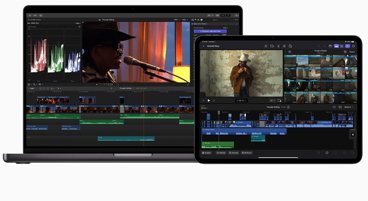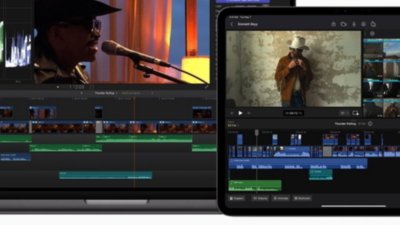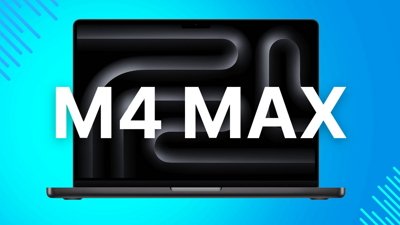Rather than add new features, the Cupertino-based Mac maker said the goal of Snow Leopard will be to enhance the performance of OS X, set a new standard for quality and lay the foundation for future OS X innovation.
Specifically, Snow Leopard will be optimized for multi-core processors, tap into the vast computing power of graphic processing units (GPUs), enable breakthrough amounts of RAM and feature a new, modern media platform with QuickTime X. Snow Leopard will also include out-of-the-box support for Microsoft Exchange 2007 and is scheduled to ship in about a year.
“We have delivered more than a thousand new features to OS X in just seven years and Snow Leopard lays the foundation for thousands more,†said Bertrand Serlet, Apple’s senior vice president of Software Engineering. “In our continued effort to deliver the best user experience, we hit the pause button on new features to focus on perfecting the world’s most advanced operating system.â€
Snow Leopard's multi-core processor support will be delivered alongside a new technology code-named “Grand Central,†making it easy for developers to create programs that take full advantage of the power of multi-core Macs.
The new version of Mac OS X will further extend support for modern hardware with Open Computing Language (OpenCL), which lets any application tap into the vast gigaflops of GPU computing power previously available only to graphics applications. OpenCL is based on the C programming language and has been proposed as an open standard.
Furthering OS X’s lead in 64-bit technology, Snow Leopard will also raise the software limit on system memory up to a theoretical 16TB of RAM.
Using media technology pioneered in OS X iPhone, Snow Leopard introduces QuickTime X, which optimizes support for modern audio and video formats resulting in extremely efficient media playback. Snow Leopard will also include Safari with the fastest implementation of JavaScript ever, increasing performance by 53 percent, making Web 2.0 applications feel more responsive.
Also, for the first time, Mac OS X will include native support for Microsoft Exchange 2007 in OS X applications Mail, iCal and Address Book, making it even easier to integrate Macs into organizations of any size.
 AppleInsider Staff
AppleInsider Staff













 Charles Martin
Charles Martin
 Marko Zivkovic
Marko Zivkovic
 Mike Wuerthele
Mike Wuerthele
 Malcolm Owen
Malcolm Owen
 Andrew Orr
Andrew Orr

 Christine McKee
Christine McKee
 William Gallagher
William Gallagher







182 Comments
Otherwise knows as "Snowpard"
But...
1) Will it work on PowerPC Macs?
2) How much will it cost?
3) Will we really have to wait a year for a JavaScript engine that's in nightly webkit builds?
4) Will anyone upgrade if there are no new features?
I for one am very happy to see a major software company focussing on performance rather than piling on more and more useless crap, aka "features".
Now that it looks like the clock-speed race is over in CPU land, and it's switched to a number-of-cores race, research and development into how best to leverage that parallel processing is vital.
Anyone know where to go to get more juicy info on Snow Leopard? How long was the presentation? Hopefully ars will have something at some point.
otherwise known as "Snow" job while they work on Multi-Touch interfaces.
But...
1) Will it work on PowerPC Macs?
2) How much will it cost?
3) Will we really have to wait a year for a JavaScript engine that's in nightly webkit builds?
4) Will anyone upgrade if there are no new features?
Exactly what I was thinking. The answer to 4 is probably yes if it is very cheap or free. If it's 129 and doesn't add much but helps performance on apps that need it, you'll probably see people running those apps upgrading, but most average users skipping it.
It does seem odd that they are hyping the javascript update so much when it's something that should be included with 10.5.x.
Hopefully they'll clarify the intel/PPC thing today at the session, anyone know when it's over?